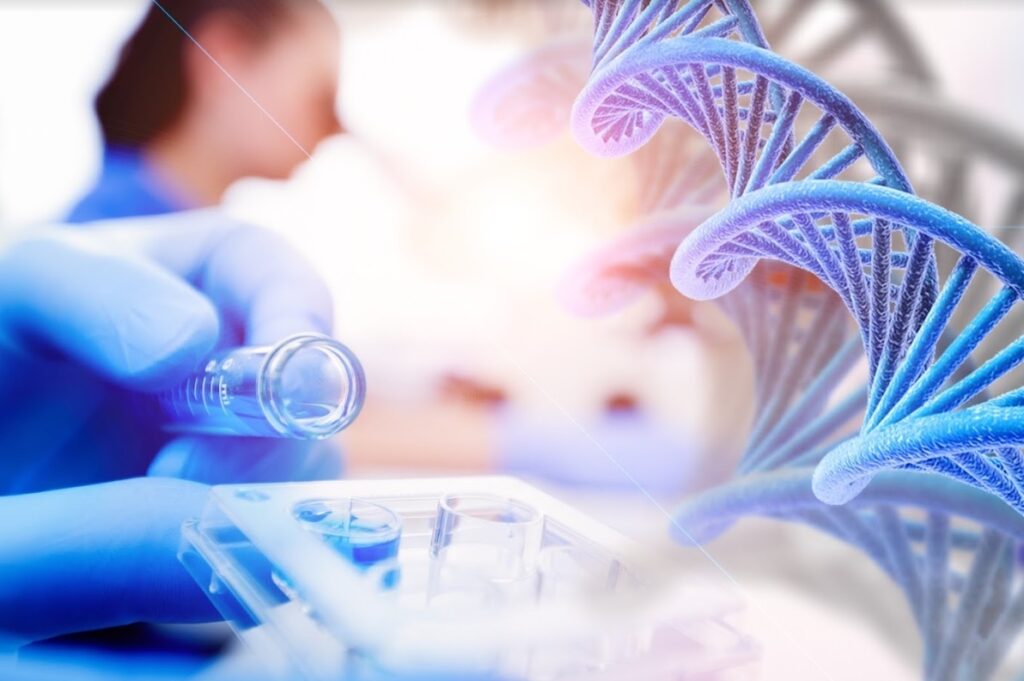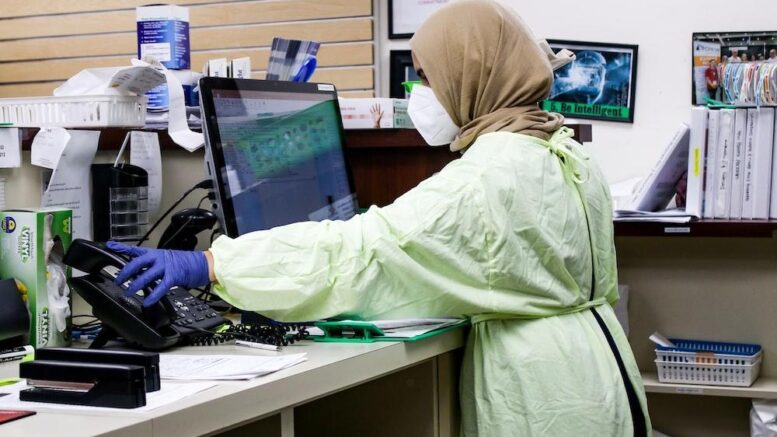Muscular dystrophy patients and their loved ones will certainly be keeping an eye on a new study that involves CRISPR gene editing. The United States Food and Drug Administration or FDA has approved, for the first time ever, an experiment to give a human being a dose of a genome-editing therapeutic from Cure Rare Diseases to treat a single patient with Duchenne muscular dystrophy (DMD). Cure Rare Diseases is a nonprofit company focused on biotechnology.
Their new experimental treatment is known as CRD-TMH-001, and it is slated to be conducted “soon” at the University of Massachusetts Chan Medical School, according to Muscular Dystrophy News.
About Duchenne Muscular Dystrophy
First described in the 1860s by Guillaume Benjamin Amand Duchenne, a French neurologist, Duchenne muscular dystrophy is a condition that people contract when there is a mutation in the DMD gene.
This gene encodes dystrophin protein. But when there is a defect or mutation in the gene, it can lead to one or more of the DMD exons being deleted. In lay terms, an “exon” is a piece of genetic information that the body needs to generate a particular protein.
When your body lacks the ability to create the normal type of dystrophin, the diagnosis is Duchenne muscular dystrophy. Unfortunately, DMD can cause patients to have difficulty when walking, dressing, or using fine motor skills, such as those used for brushing one’s teeth.
Because of the profound muscle weakness caused by this condition, patients with DMD can find themselves experiencing spasms (painful cramps or twitching sensations). DMD is a variety of muscular dystrophy that tends to have its onset in early childhood, typically by the age of 2 or 3, according to the Muscular Dystrophy Association (MDA). It’s mainly an ailment of boys, but infrequently it attacks girls too.
About six people in 100,000 are diagnosed with Duchenne muscular dystrophy in North America and Europe, per the latest statistics from the MDA.
Generally, DMD affects muscles that are close to the body’s core first, and then it attacks muscles closer to the extremities. Children with DMD may initially present the disease with difficulties in walking, running, or jumping. As the disease progresses, it can affect lung and heart muscles.

Using CRISPR Gene Editing for Muscular Dystrophy
What is CRISPR and why are scientists testing its use as a therapy for a form of muscular dystrophy? For context, it’s worth keeping in mind that CRISPR is a fairly new technology. In 2012, Sam Sternberg and Jennifer Doudna published a paper in Science to describe Clustered Regularly Interspaced Short Palindromic Repeats technology, which you can use to actually edit human cells to remove genetic abnormalities.
CRISPR gene editing is playing a role in the new DMD treatment. The scientists prepare an infusion, delivered through the vein, and the patient remains in the hospital for multiple days under close observation. Then, they will track the health status of this patient for 15 years, which is a requirement of the FDA. The hope is that this CRISPR-derived treatment will help the patient’s body produce a sufficient amount of useful dystrophin.
The CRD-TMH-001 Is Only the Beginning for the Organization Cure Rare Diseases
The scientists at Cure Rare Disease are only getting started with using genetic therapies in search of treatment for muscular dystrophy.
They plan on using CRISPR gene editing and related technologies to help them find better and more efficient ways to create new therapeutic agents. This is especially crucial for people suffering from rare diseases when time is of the essence and no other cure is currently available.
